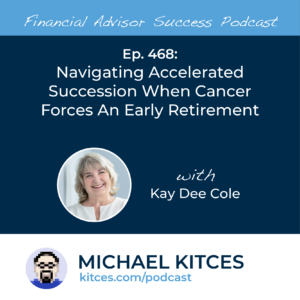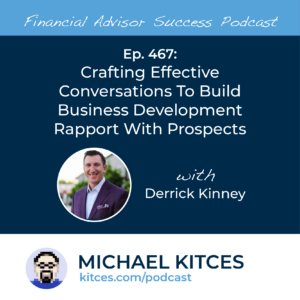Many financial planning clients have spent much of their adult lives saving. Self-discipline and restraint may be key traits in building wealth, but when clients enter a phase of life where spending is more appropriate, they can hit a roadblock. Even when their plans support discretionary spending and they express a desire for it, they may find themselves unable to act. For advisors, this can be perplexing – and even frustrating! – when the numbers say "yes" but the client still says "no." However, underspending is rarely a purely financial issue. Instead, it's often shaped by deeply rooted values, personal identities, and psychological barriers. Understanding the reasons behind why clients underspend is essential not only for preserving client trust but also for supporting a more holistic, values-aligned use of wealth.
In this article, Meghaan Lurtz, behavioral finance expert and partner at Shaping Wealth, describes the psychological barriers that hold clients back and how advisors can gently help them experiment with spending more. By framing expenditures as low-stakes trials, advisors can help clients discover which expenditures truly add value – and which do not.
Common barriers include fear of future dependence ("What if I need this money later?"), doom forecasting (catastrophizing about worst-case scenarios), and a fixed saver identity that makes spending feel like betrayal. These patterns are reinforced by behavioral biases such as loss aversion and poor emotional forecasting. Even joyful experiences, like a family vacation, may be overshadowed by the psychological 'cost' of seeing account balances drop, making it challenging for clients to spend even when they logically know that they can.
To address these barriers without undermining client agency or triggering defensive reactions, advisors can reframe spending as an experiment. These experiments are low-stakes, time-bound, and designed to generate feedback. This shifts the focus from identity ("I'm a spender now") to curiosity ("Let's see how this feels"). For instance, rather than recommending a wholesale shift to luxury travel, an advisor might suggest trying business class once on a meaningful trip. Clients gather 'emotional data' from the experience, which can then guide future decisions. Advisors support the process by designing the experiment, encouraging participation, facilitating a thoughtful debrief to separate value from extravagance, and aligning the results with the client's self-image as a responsible steward of wealth.
This iterative, feedback-driven process can be transformative. Experiments give clients permission to try new behaviors while preserving their sense of responsibility around money. Over time, these conversations shift spending from a moral referendum to a learning opportunity, helping clients clarify what truly brings joy and meaning. As clients build confidence in their ability to use money in ways that reflect their values and enhance their lives, they often become more open to further experiments, deepening both their financial well-being and their relationship with their advisor.
Ultimately, underspending isn't solved by pushing clients to spend more. It's about helping them align their money with the life they want – whether that means spending, giving, or simply feeling free to explore what's possible. By framing spending as experimentation, advisors can offer clients a safe, low-stakes way to test new behaviors, learn from the results, and ultimately unlock greater satisfaction and purpose. The shift from static planning to dynamic experimentation empowers clients to confidently align their wealth with what matters most!




